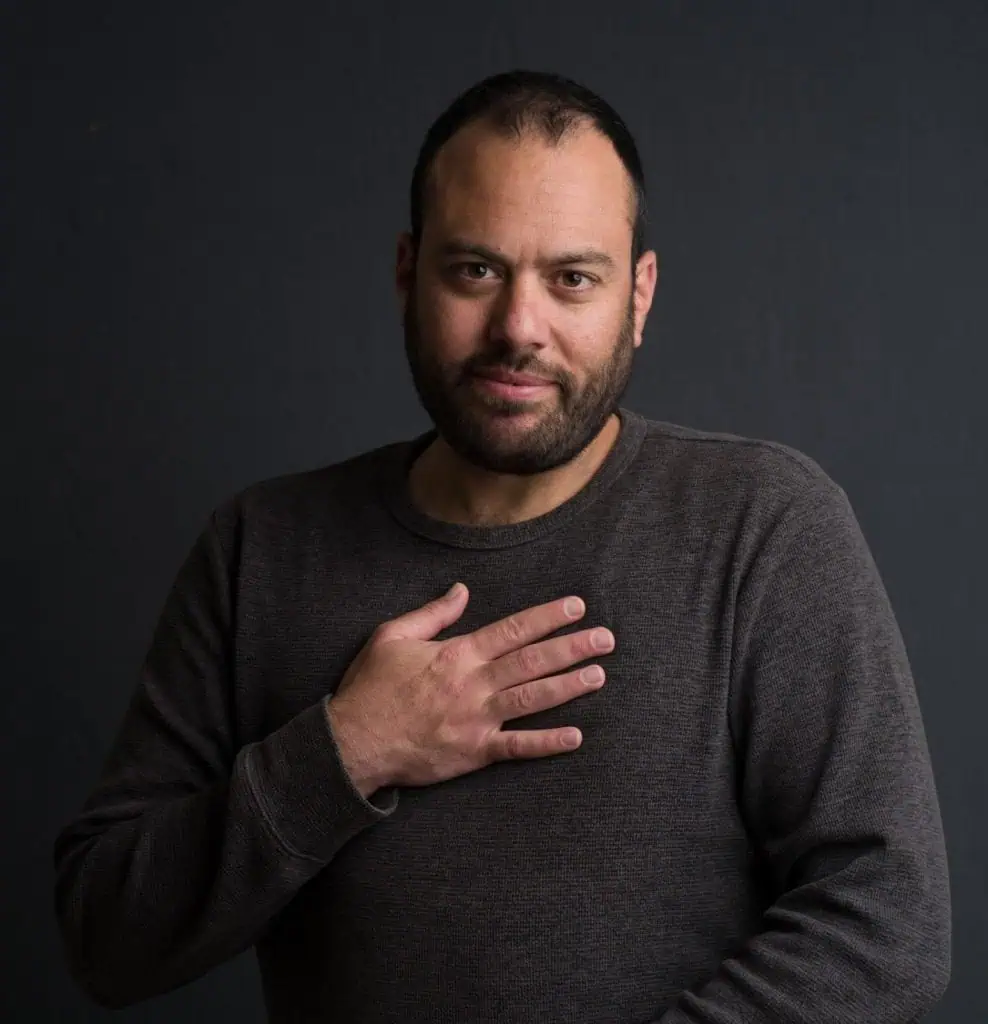What is the New Partnership Method
As divorce has become an inevitable part of social reality, the need for an innovative approach to managing the separation procedure arises. In the 90th episode of the “Something with Mediation” podcast, mediator Nadav Nishri presents the unique mediation method he developed – “New Partnership”.
Nadav Nishri, an experienced mediator who has accompanied thousands of couples through their divorce processes, explains how his method offers a different and revolutionary approach to mediation in divorce proceedings. In contrast to the traditional methods that focus on the past and on the conflicts themselves, “New Partnership” emphasizes the capacity of building a positive and shared future. The uniqueness of the method lies in looking to the future, instead of focusing on the pains of the past. The method encourages the couple to imagine and plan their desired future, taking into account aspects such as career, relationships with the children, and the future relationship between the parents.

The empowerment of the couple is central in this method. Instead of the mediator determining what is right for the couple, the method allows them to understand their own needs and desires. The mediator serves as a guide and not as a decision maker. As Nadav emphasizes, divorce is not necessarily the end, but an opportunity to rebuild life. This approach helps couples see the positive possibilities that lie in change.
The “New Partnership” method offers a structured and well-defined process, which allows couples to move more quickly and efficiently towards a solution. Special emphasis is placed on maintaining the relationship between the couple, especially when there are children involved. The goal is to enable a friendly and cooperative relationship even after the divorce. This serves not only the couple, but also the children, who can experience a smoother transition to their new reality and maintain a healthy relationship with both parents.
One of the significant advantages of the method is the ability to help couples see beyond the current crisis. While many come to mediation in a difficult emotional situation, unable to see a positive future, the “New Partnership” method helps them develop a positive vision for their future. This includes helping with career planning, building new support systems, and creating an independent identity outside of marriage.
Nadav does not ignore the difficulties involved in the divorce process. He recognizes that many couples face deep pain and difficulty envisioning a positive future. However, he believes that precisely in these moments it is important to focus on building a better future, instead of getting stuck in the pain of the past. The method provides tools for dealing with difficult emotions and turning them into a lever for personal growth.
The “New Partnership” method also deals with the practical aspects of divorce, such as property division and residence times, but does so from the perspective of cooperation rather than conflict. The approach encourages the couple to think of creative solutions that will meet the needs of all parties, instead of focusing on “who wins”.
Nadav emphasizes in the chapter the importance of choosing a mediator who specializes in this method. He advises couples to ask specific questions about the mediator’s approach and make sure it fits their needs. A good mediator, according to him, should be able not only to resolve conflicts, but also to help the couple build a common vision for the future, even when no longer being together as a couple.

The “New Partnership” method is very successful, and many mediators have already been and apply it in their work. Nadav sees this as an encouraging sign of a change in the general perception of divorce in society, from a process of loss and destruction to a journey of renewal and growth.
In conclusion, the “New Partnership” method offers a progressive and empowering approach to divorce, which emphasizes building a positive future instead of getting stuck in the pain of the past. By focusing on future goals and building healthy relationships, the method allows couples to go through the divorce process in an optimal way, while maintaining mutual respect and creating a solid foundation for the future. This approach not only helps solve immediate problems, but also lays the foundations for a happy and fulfilling life after the divorce.


